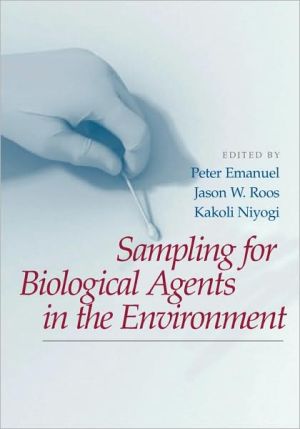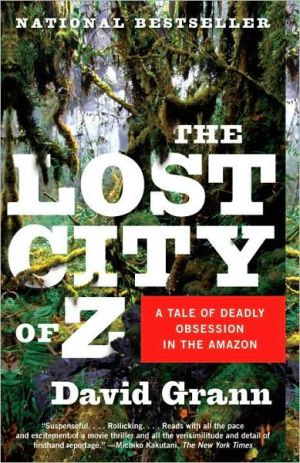Sampling for Biological Agents in the Environment
Search in google:
\ From The CriticsReviewer: J. Thomas Pierce, MBBS PhD(Navy Environmental Health Center)\ Description: This book offers a thorough description of sampling approaches and techniques, necessary documentation, and certain means of interpretation. The primary focus is on biological specimens of forensic importance, e.g., bioterrorism, although many of the principles could be easily adapted to habitability and other non-forensic scenarios. \ Purpose: In the wake of the 9-11 attacks and other incidents, the editors present their own expertise along with the experience of about a dozen other authors plus interviews with 100 additional recognized authorities. National Conferences (2005 and 2007) on Environmental Sampling for Bio-Threat Agents prompted this compilation. Sections highlight that consensus standards must be devised ahead of actual collection and analysis. This book can serve as an overarching guide useful in the application of important consensus standards. Its publication by the American Society for Microbiology lends emphasis to its serious intent. \ Audience: The "Getting Started" chapter suggests an intended audience by rhetorically asking who might lead a sampling mission. Examples include an industrial hygienist - NIOSH, an environmental engineer - USEPA, a toxicologist - ATSDR, an environmental scientist - consulting firm, a hazardous-materials specialist, a civil support team scientist, a public health specialist, or an FBI forensic hazardous materials specialist. If one of these descriptions is close to what you do at work, you will probably find this book interesting. The three editors and various authors are experts in the biosafety field and participated in various ways in the 2005-2007 conferences. \ Features: Chapter topics include lessons learned from incidents, planning sampling, selection of team members, a case study of sampling in a contaminated airport, surface sampling, indoor and outdoor sampling, samples as evidence, packaging and transport, laboratory resources, and sampling advances post-2001. More to the point, though, is the book's construction using sampling road maps, practical questions involving return to work in contaminated spaces, exercise and rehearsals important to training, plausible pathways, how clearance sampling may differ and another 100 questions like these. This sort of practical information represents the book's strength. References, supporting figures, tables, and narrative are nearby in each chapter. A nice appendix on background information for selected biological agents highlights routes of exposure and disease progression without getting carried away with distant topics. \ Assessment: Readers looking for totally evidence-based documentation won't find it here because the incidents themselves are too spread out and each one is unique. The editors should be credited with taking on some tough issues: prophylaxis of team members and identifying where to sample and how to interpret results. Readers might find it interesting that the U.S. Government Accountability Office has highlighted the importance of sufficiently validating each sampling method. Pragmatic discussions such as those in this book will help to identify what is really known as opposed to what is a useful expedient.\ \








